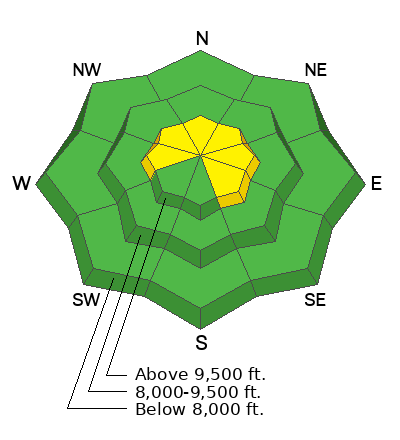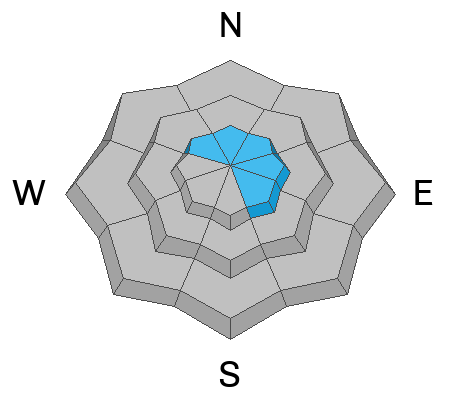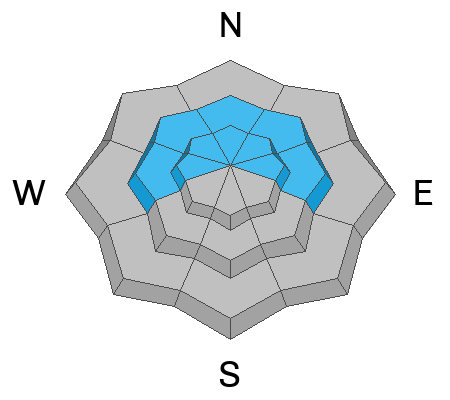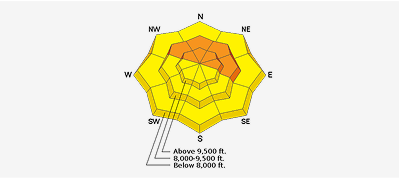Overnight, 2 to 6 inches of snow with 0.3 to 0.9 inches of snow water equivalent, with the rain-snow line between 7500 and 8000 feet. Winds were blowing out of the West 15-25 mph with gusts into the 40s along the highest ridges.
For today, skies will be mostly cloudy with occasional snow showers. We could see an additional 1 to 3 inches before sunset. Temperatures remain on the warm side with freezing levels hovering around 9000 feet, but will feel cooler with cloud cover and a light breeze. Winds are easing and should continue that trend before bumping up during the early evening hours.
Looking ahead, the weather looks to remain active with another warm storm moving through tomorrow into Tuesday.
Check out the Week in Review to catch up on the evolution of current conditions.

There were no reported avalanches yesterday. There are several recent observations worth viewing here.













